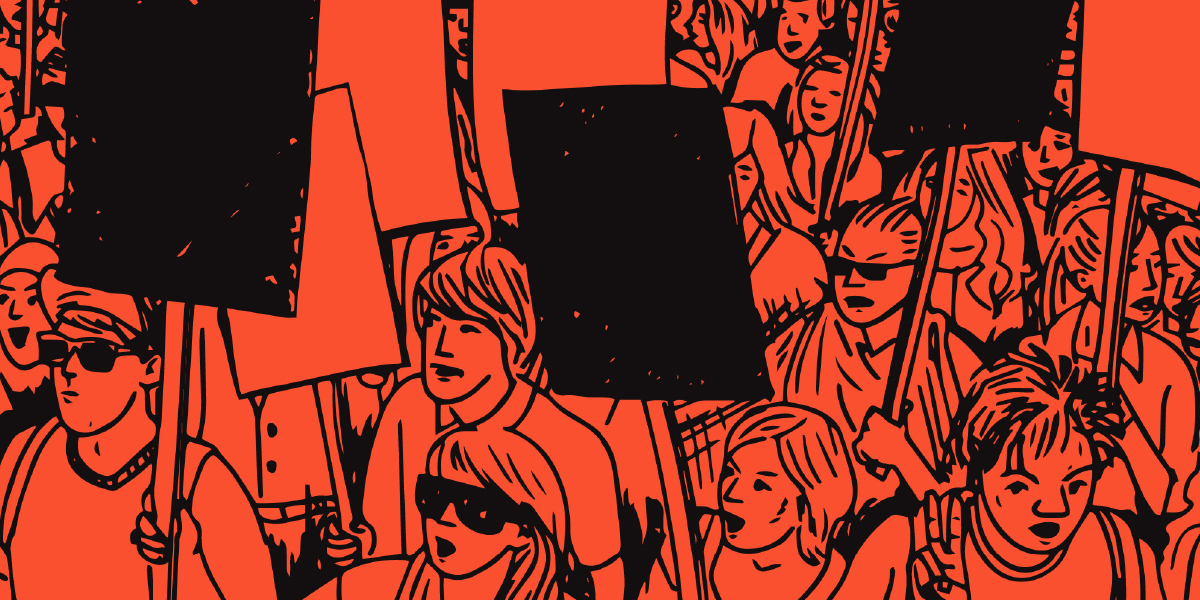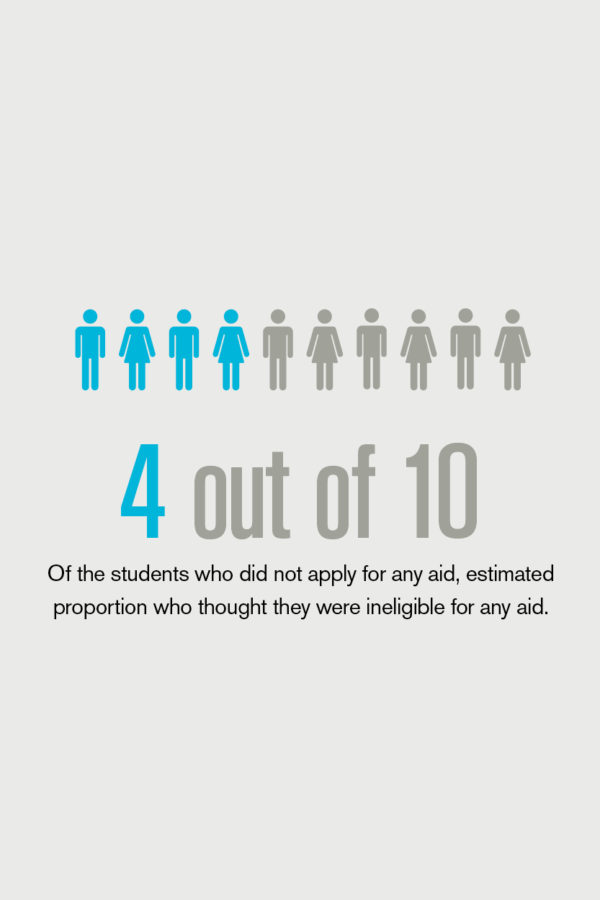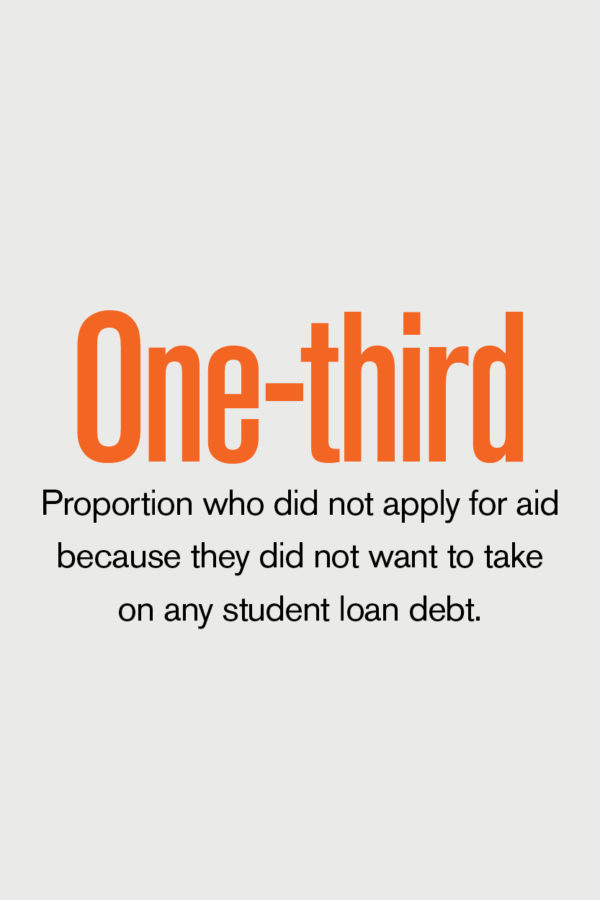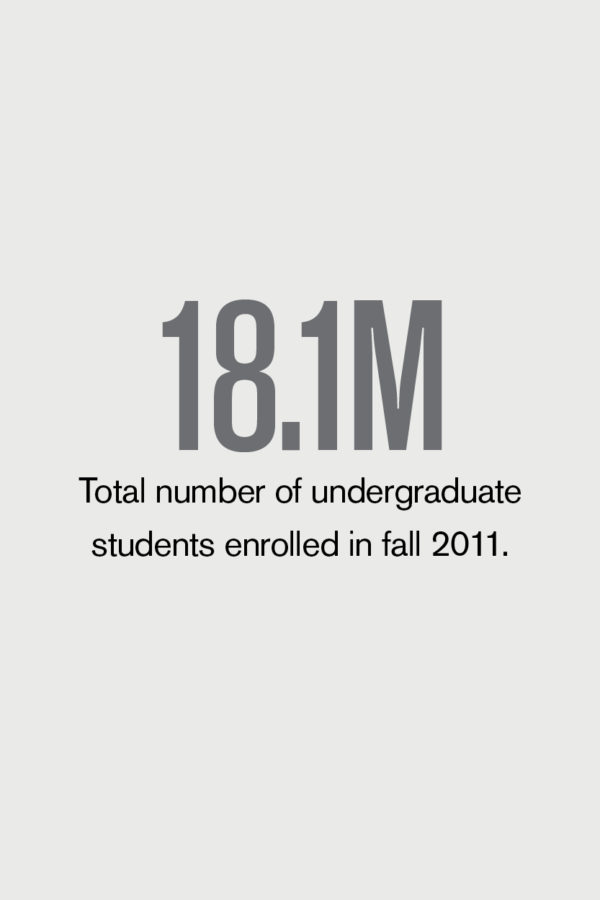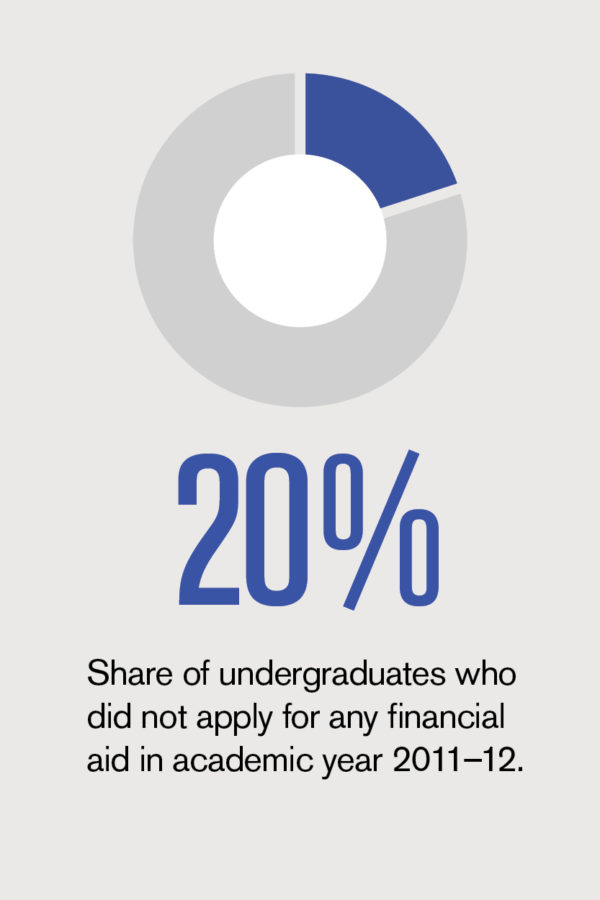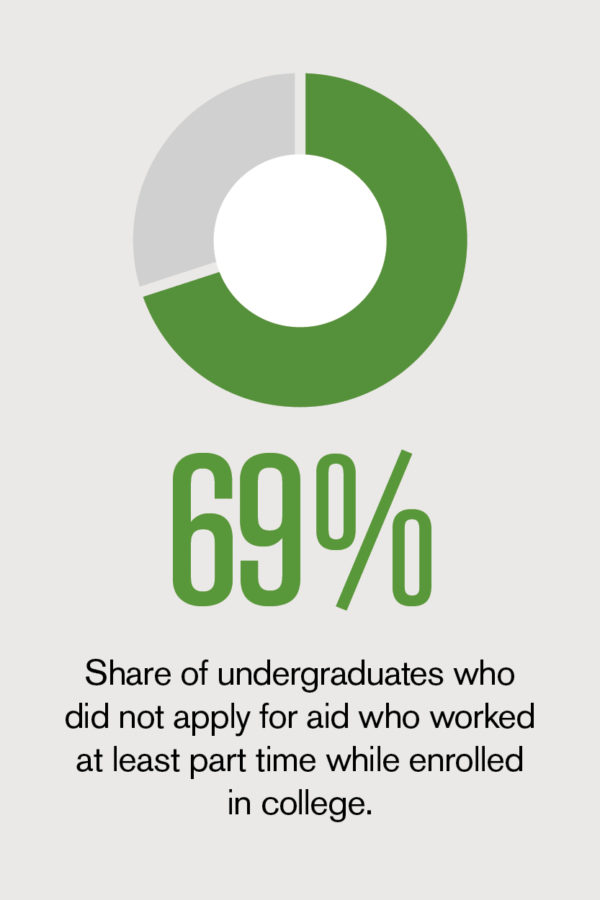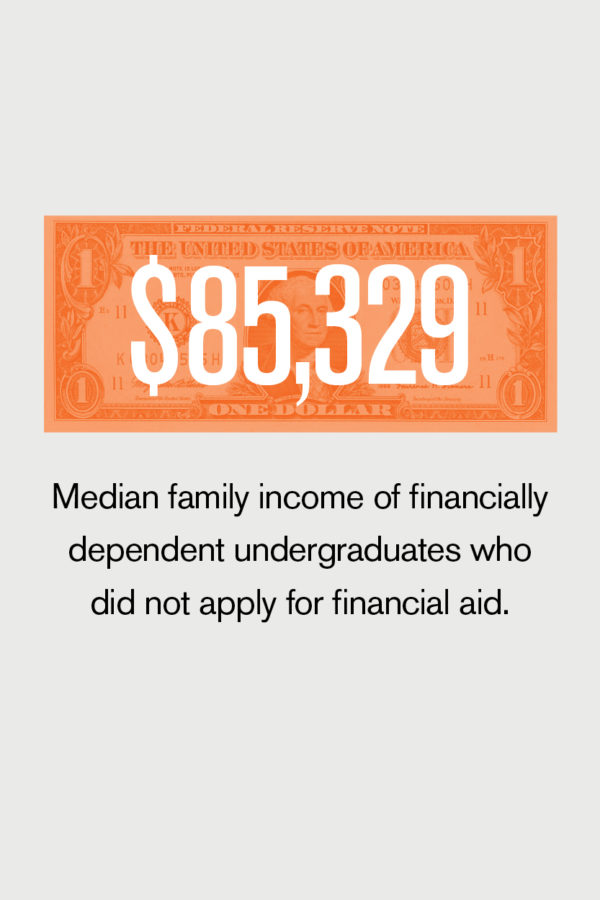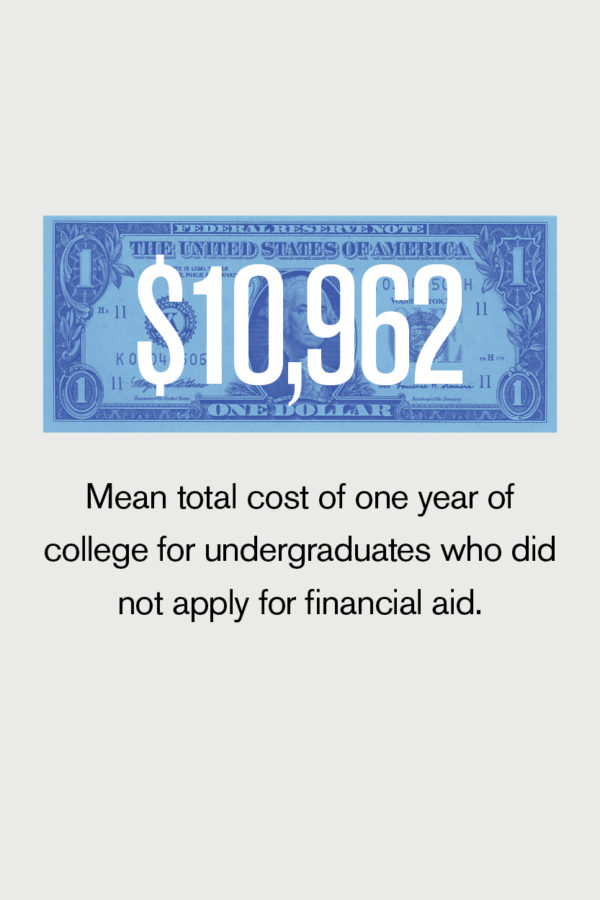As college and university leaders headed into the routines of a new academic year, one issue they could not ignore was the potential for student unrest. While this is a perennial concern, failure to account for some of the recent nuances of student protest can result in far more than bad press. In an era of livestreaming, an awkward response to a student’s concern that suddenly goes viral could result in pressures serious enough for a president or provost to be called upon to step down.
In the NACUBO 2016 Annual Meeting session “Campus Unrest: Institutional Response Matters,” Kathleen Santora, president and CEO of the National Association of College and University Attorneys, facilitated discussion between general counsel representatives Traevena Byrd from Towson University, Towson, Md., and Steve Owens from the University of Missouri System. Their message: College and university leaders must carefully navigate issues of law, policy, and behavior among the many groups on campus. Specifically, they must:
- Provide context for demands being voiced by students.
- Know how principles of law may or may not apply.
- Understand the many internal and external influences of what is being expressed.
- Consider whether and how institutions can respond in order to mitigate unrest on campus.
This attention and thoughtful preparation includes understanding not only the breadth of student concerns, but also the tactics and expectations regarding response, said the panelists. Issues range from gender bias, to tuition and fee increases, to the right for graduate students to unionize, to name only a few. Protests may emerge from any racial or religious group or group of individuals who feel underrepresented or unheard, and may be based on a particular issue or a general sense that faculty or campus administration is being unresponsive to their demands. From hunger strikes, to occupying a facility or space, to counterdemonstrations, leaders must seek to engage students in positive ways that they deem meaningful.
The nuances of unrest. Important to bear in mind is that today’s students embody a different set of expectations than those of generations past, suggested the panelists. Millennials and the incoming Generation Z have a greater need to feel welcomed, loved, affirmed, and that what they think matters. The role and power of social media likewise should not be ignored. Today’s students overwhelmingly rely on social media for their information, communication, and mobilization efforts such that tensions that appear to exist under the surface can quickly bubble up and gain steam. Yet another distinctive trait is that today’s students are also generally less patient. They require more immediate and ongoing dialogue.
Relevant response. All of this suggests the need for campus leaders to be proactive by maintaining a solid awareness about students’ demands and providing evidence that they hear and understand students’ concerns. Relevant response and consistent messaging from leaders can go a long way toward helping today’s students believe that they will get more from dialogue than from protesting, the panelists said. Efforts to build a culture of civility and respect can also help mitigate tensions when the response from leadership seeks to explain why something can’t be done. Even then, the messaging must be void of a sense of defensiveness on the part of administration, but instead articulate a sound rationale for decisions, explained the panelists. Communication must also be backed by action. Make evident the support the institution is providing to meet student demands by mapping specific initiatives to the institution’s budget so that these are seen as priorities.
Keeping it legal and fair. Not every student demand can be anticipated and resolved before reaching the point of public protest, so leaders must be prepared to respond not only to peaceful demonstrations, but also in situations where expression reaches a fever pitch. In addition to federal First Amendment rights, some states have additional laws and rules to regulate speech and expression, including state religious liberty acts. With that in mind, leaders must be careful to protect all public spaces where freedom of expression is allowed. Institution attorneys are often turned to for assistance in understanding basic principles of law and how to apply them or to discern when something is a free speech issue versus a legal issue. For example, campus leaders often need help deciphering instances of obscenity, libel and defamation, discriminatory harassment, or true threats that go beyond rhetoric to target a group or person for violent action. This complexity is further exacerbated by the prevalence of social media spaces, said the panelists. Strong communication and collaboration among faculty and staff across campus is critical so that leaders are not caught off guard.
Rules of engagement. To ensure fair and safe protesting, campuses need clear rules of engagement, noted the panelists. While an institution’s policies should reinforce its commitment to freedom of expression, colleges and universities can still set rules on how public spaces are to be regulated on campus. This may include language that denotes locations where protesting is not allowed and the procedure for a group to reserve a facility or space so that a counterprotest cannot simply try to take over that same space. Leaders should regularly update these policies and communicate them widely.
Finally, leaders across campus must work in concert to encourage individual and group expression, while ensuring the safety of everyone. Campus safety and student life personnel may be particularly helpful in these efforts.
For additional advice on dealing with campus climate, unrest, and demonstrations, read the “On Balance” interviews with Felicia McGinty, vice chancellor for student affairs at Rutgers, and Mary Ontiveros, vice president for diversity at Colorado State University.
SUBMITTED BY Karla Hignite, New York City, who is a contributing editor to Business Officer



